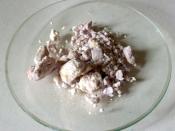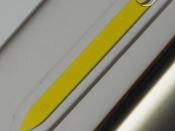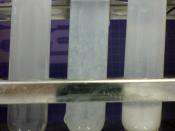Humans use water for many purposes, but the natural water sources provide polluted water that is visually unacceptable for human consumption (Vigneswaran, 1). The physical properties of water, such as odor and the presence of solids, can affect the treatment of water by altering the chemical effects of the disinfecting agents (Drinan, 25). The chemical properties of water are alkalinity (how basic a substance is, measured in pH (int 14, 1)), hardness, fluorides (F-), chlorides, organics, and the presence of metals and total dissolved solids (Drinan 28-29). Cleaning freshwater involves the fundamental processes of screening, coagulation, flocculation, sedimentation, filtration, and disinfection (Drinan, 45). In fact some of these processes, such as disinfection and filtration, have been used to purify water sources ever since 2000 B.C. to prevent the spread of diseases. The Safe Water Drinking Act was established in 1974 to control the maximum level of specific contaminants in drinking water to provide a standard for water quality (Faust, 1, 4).
As surface water passes into the water treatment facility, large pieces of trash and waste that could clog the water treatment system are removed from the water in a process known as screening (Drinan, 46). After the water passes through the screens, it enters into the treatment facility where flocculation mixes the solution to form larger, settleable particles by affixing the surfaces of non-rigid particles to each other. Simultaneously, coagulation shapes the small, rigid particles into larger particles that can sink to the bottom more rapidly (Casiday, 1-2). Colloids, such as muddy water or sulfur-filled water, contain particles that range from 10-7 to 10-5 centimeters in dimension. In coagulation, the colloidal particles in water are attracted to and react with oppositely charged coagulants to trap the small particles while the cluster of particles, also known as a precipitate, is...



Good!
Good lab.
Well organized.
Good conclusion.
And excellent calculations!!
Needs formatted sources use CHICAGO!
0 out of 0 people found this comment useful.